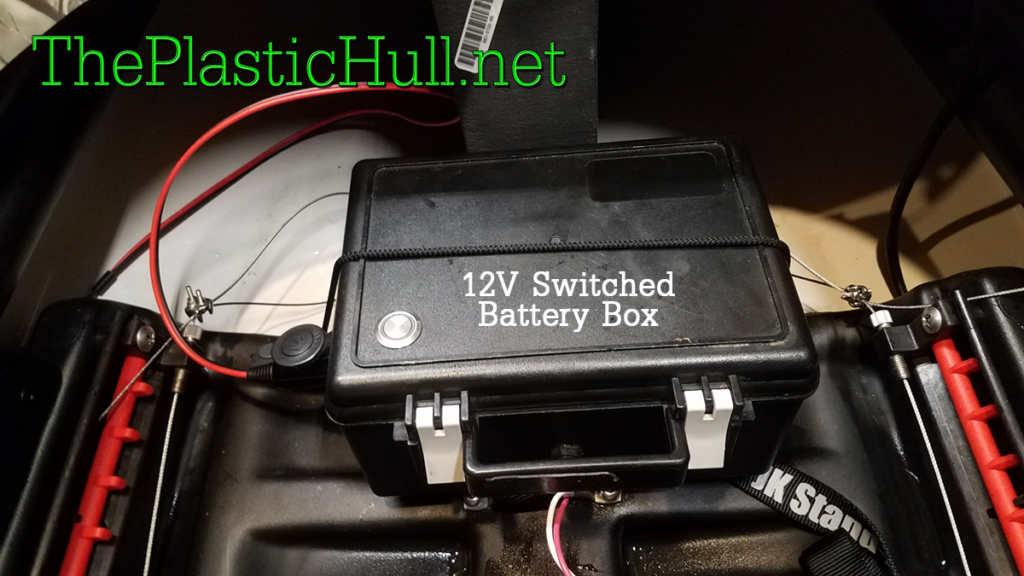Building a portable power; water resistant; Charging Station; for 2-3 12aH wire parallel batteries:
The intent of this parallel portable power pack is for primitive camping areas. Having the ability to charge devices, power LED lighting and even run a small 12V fan in your tent can keep you very comfortable!
Materials needed:
Water Resistant Ammo Case
Volt Meter, 12V Receptacle, USB
- (6) Female Spade Crimp On Connectors
- (2) 18″ length – 14 AWG Copper stranded wire w/ insulation Red & Black
- (2) Butt Connectors
Fuse Block or Inline Fuse
- Parallel battery harnesses (previously made here)
Tools:
- Wire strippers/crimps
- Power Drill
- Heat Gun
- Hole Saw
- Screwdrivers
Using an Ammo Crate I purchased from Amazon.com the portable power battery pack can be expanded to run from a total of one to three batteries this size. Using the box creates a water resistant seal for all the electronics. Also adding a latching switch along with a 12V receptacle, USB charging port, and a volt meter.


The combination of the 3 can be purchased on Amazon.com.
The ammo crate is not water proof but water resistant. It does however have a gasket in the lid. The primary use of this battery box is for charging things such as phones and other electronics while camping. It will also be set up for Running a 12V oscillating fan on hot tent nights.
For a kayak battery box with parallel batteries I would recommend a smaller box first of all and the PVC style LFP battery packs.
Installing the port plate:
Remove the USB, Volt Meter, and the Cigarette lighter receptacle from the plate. Locate where you would like to mount it. Remember the receptacles will protrude inside the box 3″ also require room for spade connectors to wire them. So install where there be about 4″ if rear clearance. Score a center line for each hole to be drilled. Using a hole saw drill out the 3 holes. Reinsert the accessories into the plate. Recess them into the box. Silicone the plate (optional) then drill 4 holes for the corner screws.
Wire each accessory to the positive and negative sides. Wire int he switch and your battery box is complete.




























